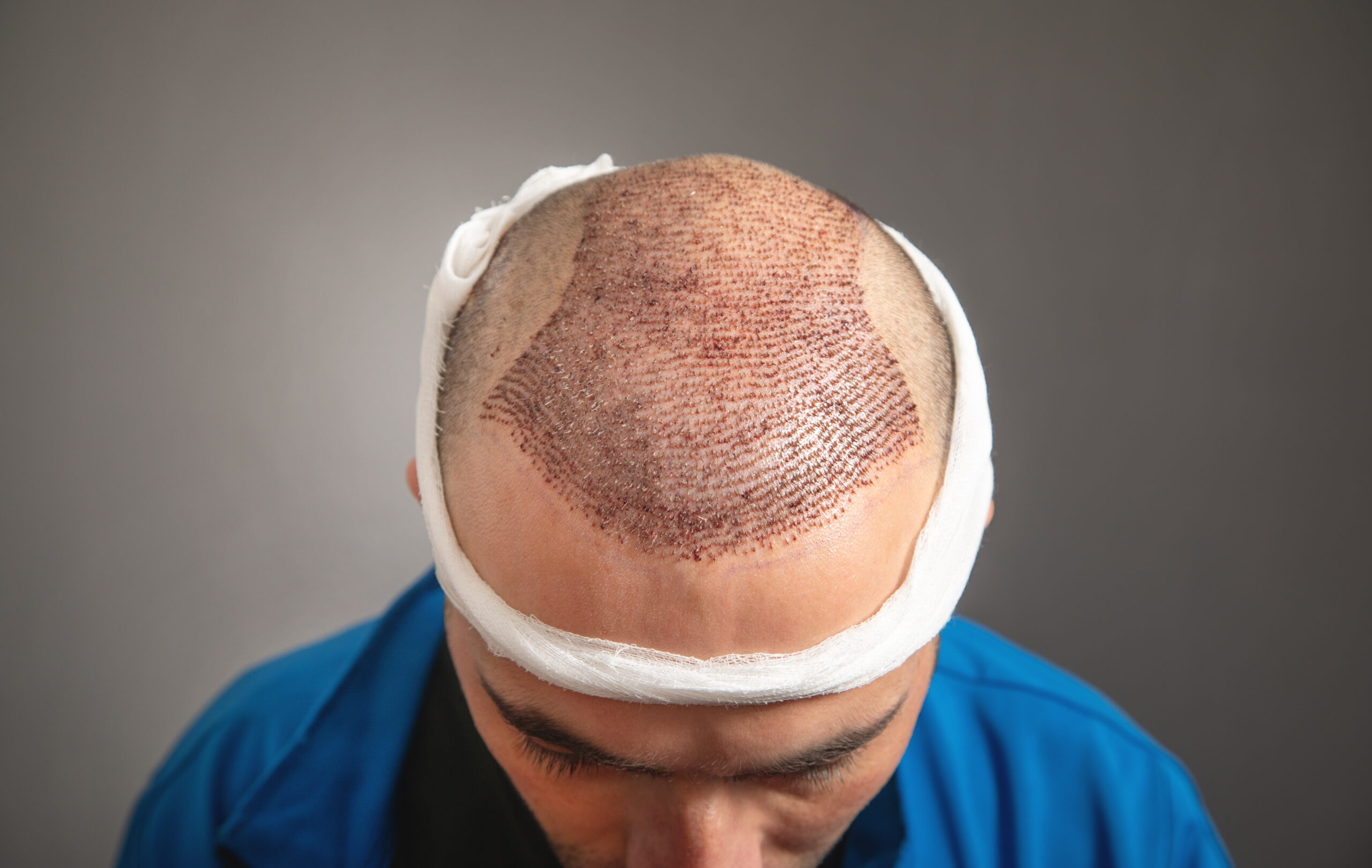
IN THIS ARTICLE:
1) What is a FUE hair transplant?
2) Who is a good candidate for FUE hair transplant?
3) FUE vs FUT — the simple difference
4) The procedure — step by step
5) Recovery timeline — what to expect
7) Risks and what to watch for
8) How to pick the right clinic and surgeon?
9) Cost and number of sessions
10) Who should not rush into an FUE hair transplant?
If you search for a reliable fix for thinning hair, a FUE hair transplant gives a natural result and little visible scarring.
What is a FUE hair transplant?
A hair transplant using FUE (Follicular Unit Excision) involves removing individual hair follicle units from the donor area (back and sides of the scalp) and placing them into thinning or bald areas. This technique leaves tiny dot scars that are barely noticeable as hair grows back, allows precise graft placement, and usually offers faster recovery than traditional strip surgery.
Who is a good candidate for FUE hair transplant?
FUE is right for people who have steady hair loss and enough donor hair. Typical candidates include:
- Men with male-pattern baldness (Norwood II–V).
- Women with patterned thinning and good donor hair.
- People who want short hair without a long linear scar.
- Surgeons also check age, hair quality, scalp laxity, and future hair-loss risk before planning surgery.
FUE vs FUT — the simple difference
- FUE: Removes single follicle units one at a time. Less visible scarring. Faster return to daily life.
- FUT (strip): Removes a strip of scalp and then harvests follicles. Can give more grafts in one session. Maybe better when a very large graft count is needed.
Your surgeon will choose the best option based on donor supply and goals.
The procedure — step by step
- Consultation & plan – Photos, scalp check, graft count.
- Day of surgery – Local anaesthetic for donor and recipient areas.
- Harvesting – Small punches remove follicle units. This is done by the surgeon or trained techs under the surgeon’s oversight.
- Graft care – Grafts go into a special solution and are prepared for placement.
- Implantation – Tiny sites are made and grafts are placed for natural angle and density.
A session runs several hours. Large needs can be done in stages.
Recovery timeline — what to expect
- First week: Mild swelling, redness, and scabs in donor and recipient sites. Most people return to light work in 2–5 days.
- 2–3 weeks: Transplanted hairs often shed. This is normal.
- 3–6 months: New hair starts to grow slowly.
- 8–12 months: Most people see the main result. Some keep refining up to 18 months.
How successful is FUE?
Success depends on technique, graft care, and patient factors. Under good technique, graft survival often runs high. Many clinics report 80–95% survival at 7–12 months. Long-term results hold best when surgery is paired with medical care to slow further loss.
Risks and what to watch for
FUE is safe when done by a skilled team. Possible issues:
- Infection (rare with proper care).
- Poor graft survival from rough handling.
- Small cysts or ingrown hairs (usually treatable).
- Over-harvesting the donor area, leaving thin patches.
- Pick a clinic with strict sterile steps and a certified surgeon.
How to pick the right clinic and surgeon?
Use this quick checklist:
- Surgeon board-certified or ISHRS member.
- Surgeon actively involved in harvesting and placing grafts.
- Before-and-after photos of real patients with similar hair.
- Clear plan: graft count, expected density, and staging.
- Transparent pricing and clear post-op care.
- Clean clinic and honest patient reviews.
- A good clinic sets real expectations and explains non-surgical options too.
Cost and number of sessions
Price depends on graft numbers, clinic city, and surgeon skill. Many clinics charge per graft or offer session packages. A safe plan from a good clinic is better than a cheap, risky deal. (I can add India-specific pricing or Kosmoderma package details if you want.)
Who should not rush into an FUE hair transplant?
- Young people with fast, active hair loss should try medical therapy first.
- Anyone hoping for instant, very high density beyond donor supply.
- People who want no surgery at all — non-surgical options exist but have limits.
Final verdict — is FUE worth it?
For many people, FUE gives a natural, long-lasting way to restore hair. It works best with a clear plan, a skilled surgeon, and follow-up medical care. It is not a quick fix. It needs time and patience. If you want a natural hairline and minimal linear scarring, FUE is a strong choice. Choose quality over price. Put safety first.
Next step
Want a personalised plan? Book a consult with a hair restoration specialist to get a graft estimate and a written plan for natural, long-term results. I can also draft a clinic-ready landing section or add Kosmoderma package details if you want.
Quick FAQs
1. How soon will I see new hair after FUE?
Expect shedding first. New growth starts near 3 months. Noticeable change appears by 6–9 months. Full look by 12 months.
2. Is FUE painful?
Local anaesthetic keeps pain low during surgery. Mild soreness lasts a few days.
3. Will transplanted hair fall out later?
Donor hairs from the safe area are long-lasting. But future hair loss and ageing can change overall result. Medical therapy helps keep native hair.
4. Can women get FUE?
Yes. Women with patterned thinning and good donor hair are good candidates after specialist assessment.
5. How many grafts will I need?
Graft count depends on the area and desired density. Your surgeon will estimate this in the consult
 Whatsapp: 7676757575
Whatsapp: 7676757575 


